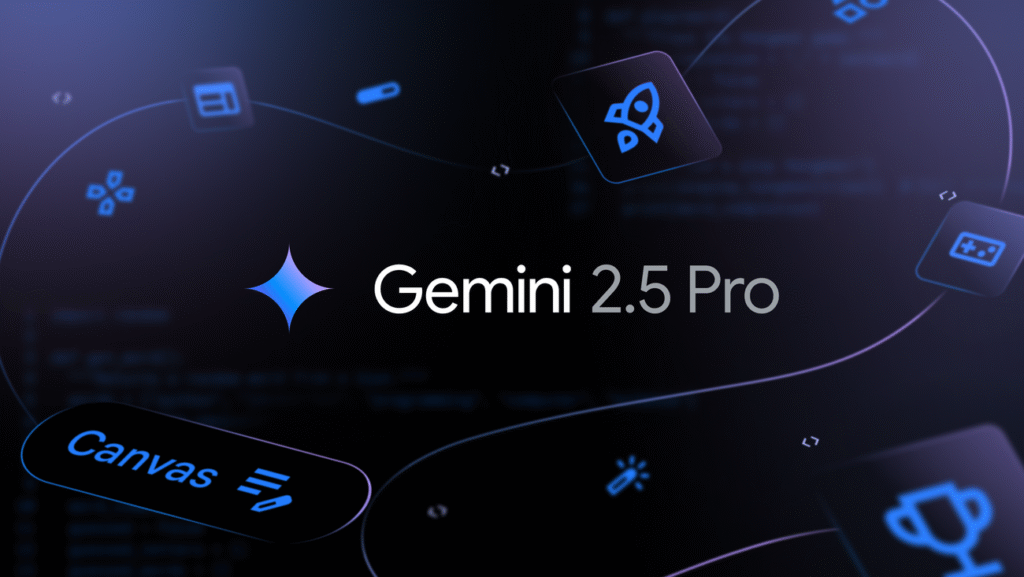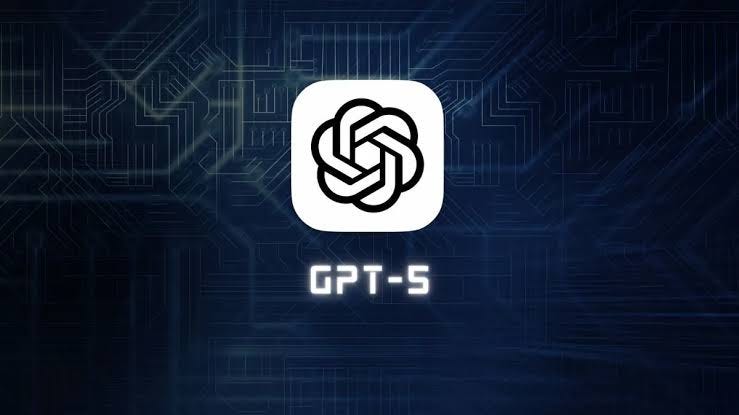The Gemini line of products, developed by Google, continues to change at a breakneck pace, and version 2.5 can be considered the largest change to date. In the case of Gemini 1.5, where the scope was to show that a single model could chat, code, and see images, this capability is now extended to Gemini 2.5 with deep video understanding and a new tier: Flash, which decreases latency and reduces the cost that every normal load can use. From the developers’ perspective, the update represents a redefinition of how they manage media, memory, and finances simultaneously.
The feature that earned Gemini 2.5 its headline skill is the ability to process video frames at 30 frames per second (fps) natively, all within the same context window that encompasses audio, text, sensor data, and more. Show it a five-minute drone video, and it can analyze traffic flows, automatically transcribe dinner-table chatter, and recommend a highlight reel, all without walking through call-outs to external APIs. In the background, a vision transformer unites spatial and temporal information, allowing the model to understand motion, not just a picture. It is in the capacity of providing a better answer to questions such as at which point the cyclist crosses the intersection, something that the older models could only guess or probably did not ask at all.
Another important point is the widened context window, which increases to four hundred thousand tokens with the switched-on video, as opposed to two million tokens with the video turned off. Developers will be able to push a single bundle containing a complete product catalog, a complete code repository, or a thirty-minute lecture with the corresponding slides. Fragmented libraries and pipes of fragile data retrieval seem like an anachronism; teams can work without the need for engineering acrobatics, instead focusing on UX.
The long-longest-ever context is not, however, necessary to every project, and so Google introduced the Gemini Flash in conjunction with the flag model. Flash can chop the same weights into a compact student: thinner hidden layers, coarser precision math, and the same multimodal smarts. During initial tests, it responds to coding and summarization requests twice as fast and at a third of the cost, making it a better choice when chatbots or an edge device is involved or in an educational setting where price is more important than spot-on accuracy.
It is easy to access. Gemini 2.5 and Flash share a common endpoint in Vertex AI Studio and the PaLM 2 compatibility layer, which means that existing calls can be migrated across versions with a single flag. The syntax of tools, function calls, and system messages is retained, and you can switch models during a conversation to trade speed for precision. The ability to provide a built-in safety filter on video, which can prevent videos containing copyright-infringed clips or shocking gang violence before the model responds (convenient in business audit services), was also not lost on Google.
The bottom line: Gemini 2.5 unlocks the ability to perform functions previously only possible by building a custom pipeline to do it manually, automatically: automatic meeting chat with video clips, rapid replay sports commentary, or autonomous drone inspection. Teamed up with Flash for a quick chat, and it is a stack that scales in any way you like, a pocket to production-ready standards to which users can set imaginations.



